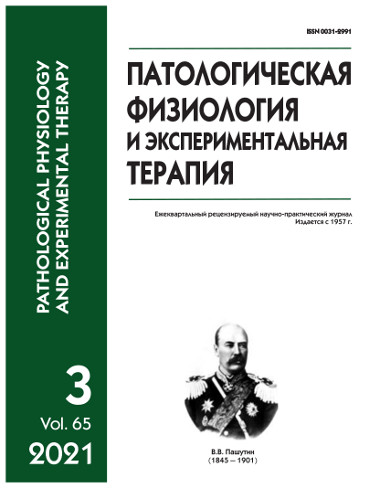Hierarchical organization of the blood pressure regulation system in the human body
Abstract
Aim. To create a new methodological approach for determining the effectiveness of antihypertensive therapy in patients with arterial hypertension based on the analysis of violation of mechanisms in the blood pressure (BP) regulation system. Methods. This study included 277 patients (136 males, 141 females) with stage II, grade 1-2 hypertension, risk II, III, aged 58.6±6.4 yrs, with disease duration 7.2±1.4 yrs. The control group included 57 essentially healthy individuals (25 females, 32 males) aged 52.1±4.4 yrs. After screening and obtaining written informed consent, the following monotherapy was prescribed: nebivolol, lisinopril, losartan, indapamide, and amlodipine, plus an unfixed combination of lisinopril and indapamide. Changes in BP indexes at the predetermined levels of the BP regulation system were studied after 6 mos. of treatment. Results. Evaluation of the therapy effectiveness showed that, when BP was stabilized in all six groups at proper values, significant differences were revealed at the integrative regulatory level. When patients were treated with amlodipine, losartan, lisinopril, as well as a combination of lisinopril and indapamide, the regulatory and adaptive capabilities of the body improved. When treated with indapamide, these capabilities were unchanged, and when treated with nebivolol, these capabilities decreased. A new classification of the regulatory levels of BP control in humans is proposed. This classification is based on the general biological principle of hierarchical organization for the regulation of autonomic functions. The following levels are distinguished: integrative, autonomic support, i.e., carried out by the autonomic nervous system, organ, and peripheral, i.e., endothelial-microcirculatory. Conclusion. Quantitative assessment at the integrative level is a universal indicator of the treatment effectiveness. It makes it possible to create a methodological approach to determine possible effectiveness of treatment based on the assessed impact not only on the target organ or function, but also on the status of the body as a whole system.






